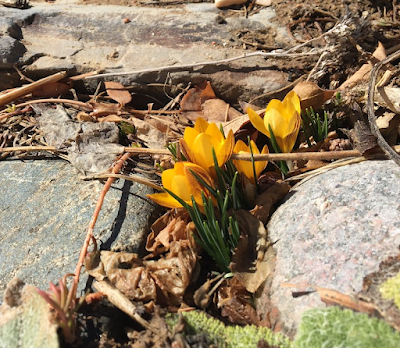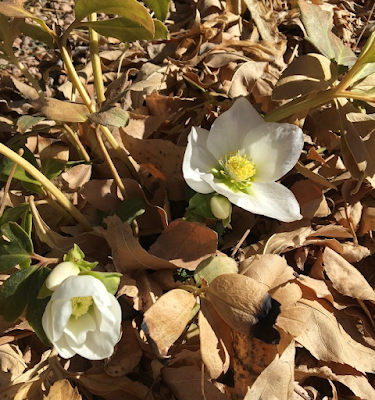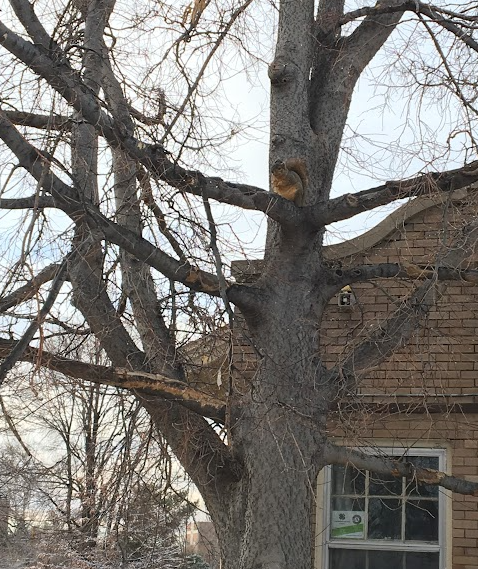Posted by: Derek Lowstuter, Mountain Region Extension
Can
a likely made-up story about a famous Greek philosopher help us decide if something
should be added to our compost pile? The
answer, much like the question, may surprise you. In a viral story about the Stoic philosopher, Socrates is credited with creating three questions we should ask ourselves before
speaking. These “Three Filters” are: Is it True? Is it Good? Is it Necessary?
These
questions can help us understand the potential impact of what we say - before
we say it. While this is especially important in an election year, the idea can
also help us decide if we should add something to our compost pile. Just
because something can be said doesn’t mean that it should be said.
Likewise, just because something can be composted doesn’t mean that it should
be composted. We can ask ourselves the three questions to help us make those
decisions:
Is
it True? / Does it decompose?
Is
it Good? / Does it improve the compost? And,
Is
it Necessary? / Does it need to be composted?
The
title of this post wasn’t just to get your attention. I have been asked if all
kinds of things can be composted: kitty litter, dryer lint, pet hair, cotton
undies, and yes – even latex condoms. Many types of waste are biodegradable and
can decompose naturally. However, that alone doesn’t make them good additions
to the compost pile.
Let's
look at dryer lint as an example of how we can apply the three questions.
Is
it True? / Does it decompose? Dryer lint may decompose, depending on the clothes it comes
from. Yes, clothes made from natural fibers, such as 100% cotton and wool, produce
dryer lint that will decompose in home compost. However, synthetic (plastic) fibers,
like polyester or nylon, produce lint full of microplastic pollution that does
not decompose.
Is
it Good? / Does it improve the compost? Yes, dryer lint from natural fibers breaks down into organic matter and releases small amounts of plant-available
nutrients. However, microplastics in lint from synthetic fibers can fill
soil pores and even make their way into the food we grow.
Is
it Necessary? / Does it need to be composted? No, because there are usually other easy ways to dispose of
dryer lint. If composting isn’t needed for disposal, then we shouldn’t compost it. Many clothes are
made with natural and synthetic fiber blends, which can make it difficult to tell what is in dryer lint. Lint failed the three filters and should
not be composted.
Here
are some other examples that could be composted – but should they?
Condoms
made with natural latex can be biodegradable but are classified as medical waste, don’t
benefit compost when added, and can be easily thrown in the trash. Practice safe compost.
Wood ash has
been used as a mineral fertilizer for thousands of years; however, it can harm
compost and soil if overapplied – especially in Colorado’s alkaline soils.
Animal waste from meat-eaters does decompose but can spread disease and complicate
compost management.
Cooked food waste decomposes quickly, but can attract
pests, and promote anaerobic (stinky) compost conditions.
Diseased plants
(ex. tomato blight, powdery mildew) can be composted in active compost that is
regularly turned and allowed to go through recommended heating cycles and
curing. If you are lazy when it comes to turning your compost *sheepishly
raises own hand* it would be safer to take infected plants to a commercial
compost facility or create a separate static compost pile that isn’t used on
annual crops. Nutrients and beneficial microbes in finished compost have been
shown to help plants defend against pests and diseases, but care should be
taken when potentially spreading diseases in compost.
To Compost or Not to Compost...
Composting is a simple, powerful tool for turning waste into value for
our gardens. When well-managed, compost has been shown to improve soil and
plant health, and even increase the nutritional value of produce. The “Three Filters” can help us boost compost benefits and reduce potential issues.
Remember to ask yourself,
Is it True?
Is it Good?
Is it Necessary?
Happy Composting







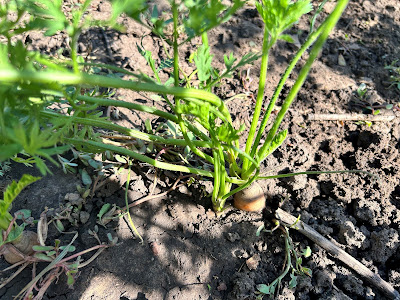
















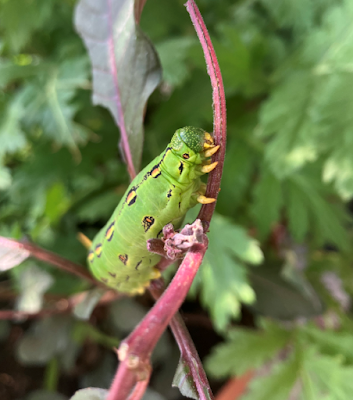


.jpg)
















